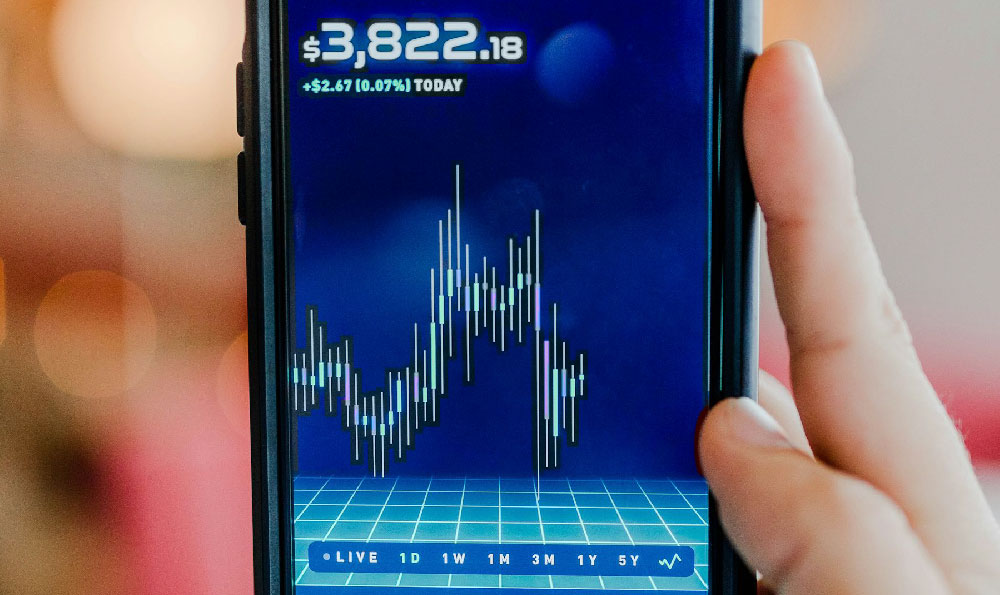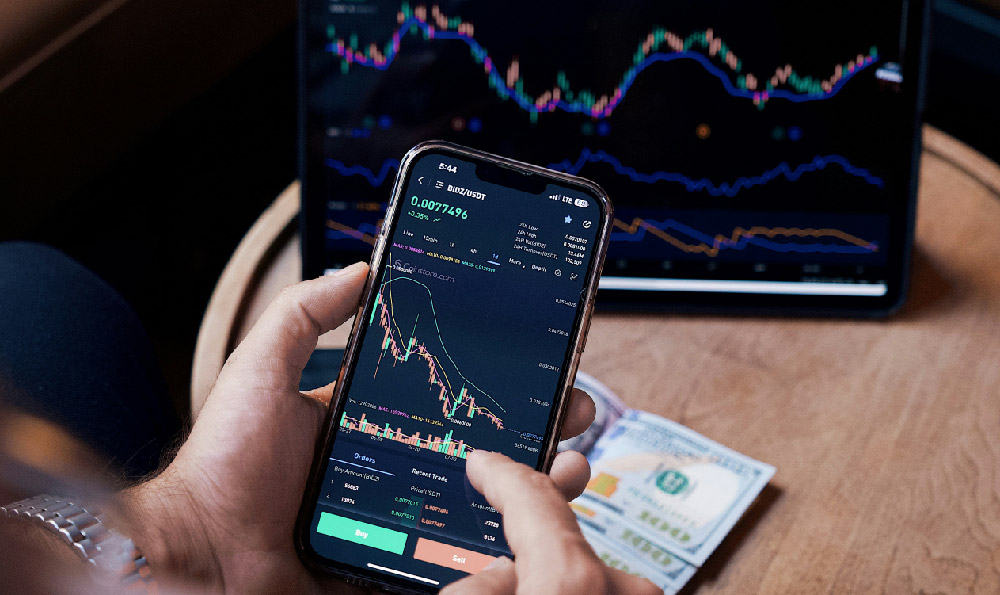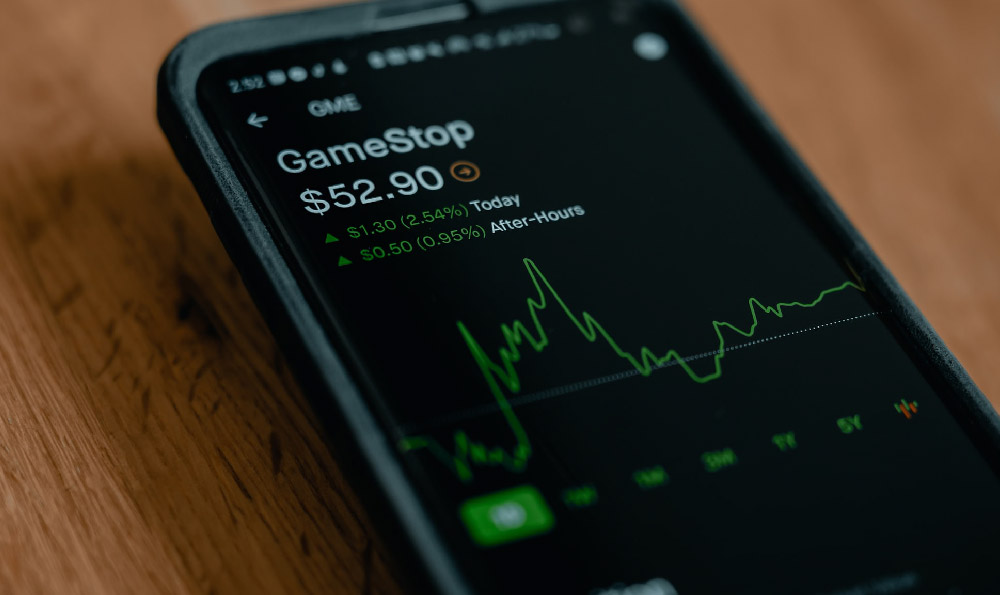Day trading, the practice of buying and selling financial instruments within the same day, aims to capitalize on small price movements. In the context of cryptocurrencies, this can appear particularly alluring due to their notorious volatility. However, the question remains: can you actually make money day trading cryptocurrency, and if so, how? The answer, as with most things in finance, is complex and nuanced.
The potential for profit exists, driven by the sheer number of trades possible within a single day and the amplified gains that even slight price fluctuations can generate when leveraged. Think about it: a 1% gain, repeatedly achieved throughout the day and compounded, can lead to substantial returns. Cryptocurrency markets operate 24/7, providing near-constant trading opportunities, unlike traditional stock exchanges with fixed opening hours. This extended availability can be seen as an advantage for day traders who can theoretically trade at any time that suits them.
However, the path to consistent profitability in day trading is fraught with challenges. The volatility that attracts many also represents a significant risk. Sudden and unpredictable price swings can quickly wipe out potential gains, especially if the trader is using leverage. Cryptocurrency markets are heavily influenced by news events, regulatory announcements, and social media sentiment. These factors can lead to rapid and often irrational price movements that are difficult to predict, even for seasoned traders.

Furthermore, day trading is not a passive endeavor. It requires significant time commitment, discipline, and a deep understanding of technical analysis, chart patterns, and trading strategies. Successful day traders dedicate hours each day to researching the market, monitoring price charts, and executing trades. They need to be able to make quick decisions under pressure, remain unemotional, and stick to their pre-defined trading plan, even when faced with losses. Impulsive or emotionally driven trading is a recipe for disaster.
One critical element is risk management. Day traders must implement strict stop-loss orders to limit potential losses on each trade. They also need to carefully manage their position sizes, ensuring that no single trade represents an unacceptably large portion of their trading capital. A common rule of thumb is to risk no more than 1-2% of your capital on any single trade. Without proper risk management, a series of losing trades can quickly deplete a trader's account.
Technical analysis forms the backbone of many day trading strategies. Traders use various technical indicators, such as moving averages, relative strength index (RSI), and MACD, to identify potential entry and exit points. They also analyze chart patterns, such as head and shoulders, double tops, and triangles, to anticipate future price movements. However, it's important to remember that technical analysis is not foolproof. Market conditions can change rapidly, and technical indicators can sometimes provide false signals. It's crucial to use a combination of technical indicators and fundamental analysis to make informed trading decisions.
Beyond technical skills, psychological factors play a crucial role in day trading success. The ability to remain calm and rational under pressure is paramount. Fear and greed can cloud judgment and lead to poor trading decisions. Traders need to be able to accept losses as part of the game and avoid chasing losing trades in an attempt to recoup their losses. A disciplined and patient approach is essential.
Before venturing into day trading cryptocurrency, it's essential to educate yourself thoroughly. There are numerous online resources, books, and courses available that can help you learn the basics of technical analysis, risk management, and trading strategies. It's also helpful to practice trading on a demo account, using virtual money, before risking real capital. This allows you to test your strategies and gain experience in a risk-free environment.
It's also important to be aware of the costs associated with day trading. These costs can include trading fees, commissions, and slippage (the difference between the expected price of a trade and the actual price at which it is executed). These costs can eat into profits, especially for high-frequency traders who execute a large number of trades each day. Choosing a low-cost exchange and carefully managing slippage are crucial for minimizing these expenses.
Furthermore, be wary of the allure of leverage. While leverage can amplify potential gains, it can also amplify potential losses. Using high leverage increases the risk of a margin call, which occurs when your account balance falls below a certain level, and your broker forces you to sell your positions to cover your losses. For beginners, it's generally advisable to avoid using leverage altogether until they have a solid understanding of risk management and trading strategies.
The cryptocurrency market is also susceptible to scams and fraudulent schemes. Be cautious of promises of guaranteed profits or get-rich-quick schemes. Always do your own research and avoid investing in projects that you don't fully understand. Stick to reputable exchanges and brokers and be wary of unsolicited investment advice.
In conclusion, while it is possible to make money day trading cryptocurrency, it is not a path to easy riches. It requires significant time, effort, discipline, and a deep understanding of the market. The risks are high, and many aspiring day traders lose money. Before venturing into this arena, it is crucial to educate yourself thoroughly, practice on a demo account, and implement strict risk management strategies. If you are not prepared to dedicate the time and effort required, it may be more prudent to consider other investment strategies with lower risk profiles. Day trading is not for everyone, and it's essential to approach it with a realistic expectation of the challenges involved.












